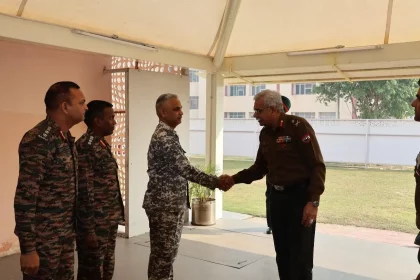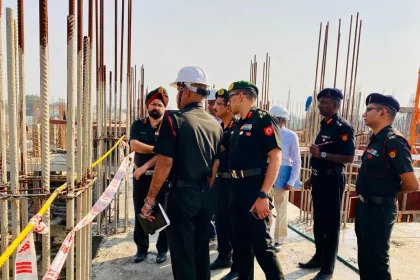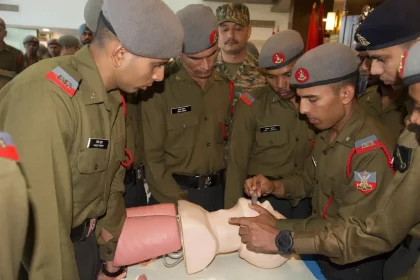HDMC Officers Visit Vajra Corps for Insight into Integrated Operations
Maj Gen Atul Bhadauria stresses rapid tech absorption and agility in meeting emerging security challenges.
White Knight Corps Hosts HDMC Delegation for Operational Briefings and Strategic Interaction
Visiting officers gain firsthand insight into LoC dynamics, counter-insurgency framework and Corps-level operational excellence.
GOC MG&G Area Inspires Young Athletes During Visit to Army Sports Institute, Pune
Commander praises grit, discipline and commitment of Army’s emerging sports talent.
Major Somesh M Kaul Wins Dr BK Mathur Gold Medal at GERICON 2025
AFMC Pune officer honoured for outstanding research on digital health literacy among the elderly.
Lt Gen CG Muralidharan Reviews Medical Infrastructure and Interacts with Staff During Visit to Military Hospital Meerut
DGMS (Army) commends high standards of medical care and examines progress of proposed new hospital project.
IMA Cadet Yodha Rakshak Exercise Trains 453 Future Officers in Critical Combat Casualty Care
Elite AMCC Centre instructor team enhances frontline trauma response through intensive hands-on training at IMA Dehradun.






